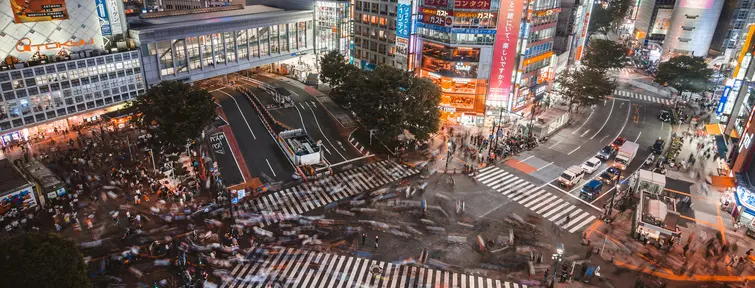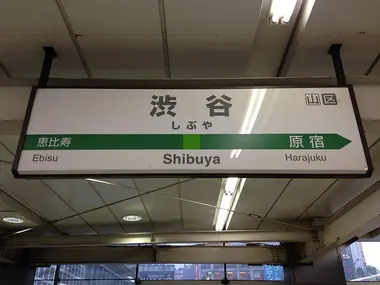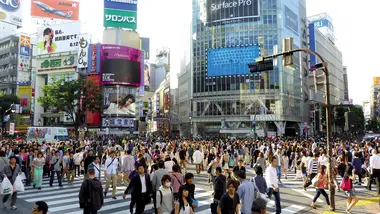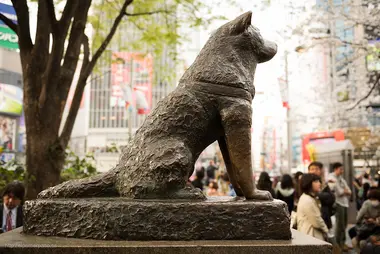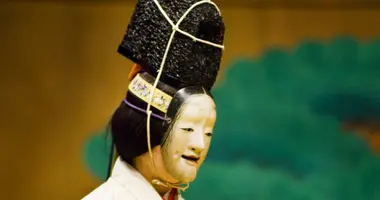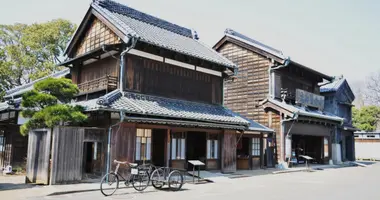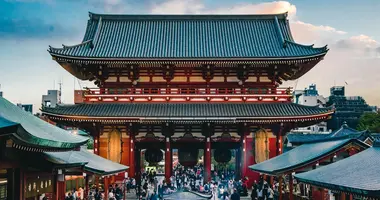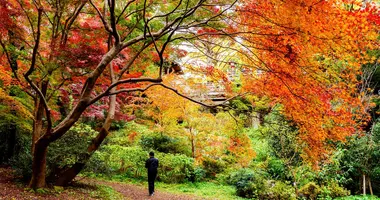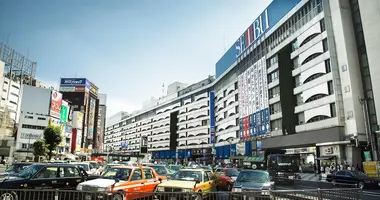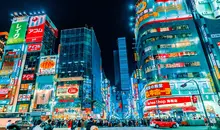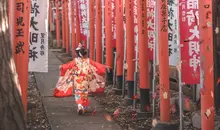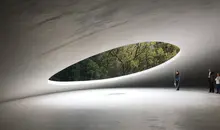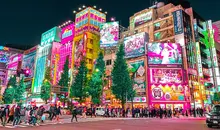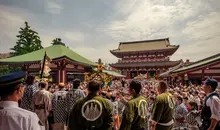Shibuya Station
- Published on : 29/08/2025
- by : S.R.
- Youtube
Shibuya is the major train station in the southwest of Tokyo, located between Harajuku and Ebisu on the Yamanote line, and surely one of the best known in the entire capital. It opens onto the district of the same name, where people come to shop and enjoy the nightlife at one of the many bars in the area.
Stations in central Tokyo are, by default, enormous and multi-layered. Shibuya Station is no exception to this, and, in fact, it is one of the busiest stations in the city and, thus, the world. This station largely operates within Tokyo and the greater Tokyo area and has nine different lines with 14 different platforms spread out through the central Shibuya Ward area, both above ground and within an underground complex.
The most prominent of these lines are the ones operated by Japan Railways, often signified with a two-letter acronym starting with the letter "J." The Yamanote Line (JY) is likely the most famous of these, arriving and departing from Platforms 1 and 2 and looping around the city.
Platform 1 goes towards Shinjuku and Ikebukuro. Platform 2 goes towards Shinagawa and Tokyo Station. Other JR-operated lines include the JR Saikyo Line (JA) that leaves from Platform 3 and then the Shonan Shinjuku Line (JS) that leaves from Platforms 3 and 4. Platform 4 is also where the Narita Express, which goes out to and from Narita Airport in Chiba, will arrive and depart from.
The general outline of lines serviced at Shibuya Station is as follows:
JR East Lines
- Yamanote Line (山手線)
- Saikyō Line (埼京線)
Subway Lines
- Ginza Line (銀座線)
- Hanzomon Line (半蔵門線)
- Fukutoshin Line (副都心線)
Private Railways
- Keio Inokashira Line (京王井の頭線)
- Den-en-toshi Line (田園都市線)
- Toyoko Line (東横線)
The Den-en-toshi Line leaves from Subway Platform 1 and goes out to Futako-Tamagawa. Platform 2 is for the Hanzomon Line out towards Otemachi and then east to Oshiage. Platforms 3 and 4 are for the Toyoko Line and go west towards Kanagawa. For those going out to Yokohama from Shibuya Station, this is an ideal train to choose from, with great stops within Tokyo like Daikanyama, Gakugei Daigaku-mae, Nakameguro, and Jiyugaoka on the way. Platforms 5 and 6 are for the Fukutoshin Line, out towards Ogawamachi.
Major exits for Shibuya Station
Just like other major stations in central Tokyo, Shibuya Station covers a large area both above ground and underground. There are literally dozens of exits that lead to different locations throughout the district, but the main four that see the most traffic and open up to the most bustling parts of the area are as follows:
- Hachiko Exit: The iconic exit opens up to the famous Shibuya Scramble and is home to the statue of the dog Hachiko, a symbol of loyalty and the ward's mascot.
- Miyamasuzaka Exit: Opens up by bus stops that go out to locations like Azabudai Hills, as well as the Hikarie Mall.
- Meiji-dori Exit: The main entrance to the relatively new Ginza Line that is down the street from the Hachiko Exit.
- East Exit: This exit faces the Hikarie Skyscraper, near the Miyashita building.
- West Exit: This exit is just south of the Hachiko Exit with Tokyu Bus departure points.
Travel to and from Narita Airport and Shibuya Station!
Station History
The original iteration of Shibuya Station opened back in 1885. Into the modern day, it has evolved into the second busiest train station in the world, servicing upwards of 3 million passengers a day. It is the center of the district with the same name, and both it and the station itself are synonymous with the dog Hachiko.
Hachiko was an Akita dog who would go out to wait for his owner everyday when he came back from work. One day, his owner passed away while working, but regardless, the loyal Akita would come out every day to greet an owner that would never return. Though it is a story with a tragic undertone, Hachiko became a symbol of loyalty and devotion.
There is a statue commemorating his memory right outside the station that attracts many tourists, and the location is often used as a meeting place for locals. His motif is also used as a mascot for the area.
Over the years, the area around the statue has developed further and further to become the famous Shibuya Scramble seen today, just as much a unique spot for visitors as it is an everyday, practical part of life for local commuters in the area.
For more on Shibuya, Tokyo, and Japan as a whole, be sure to subscribe to our newsletter and follow our Instagram!
